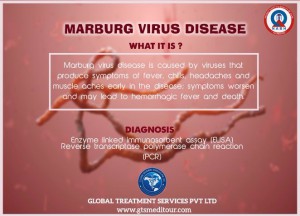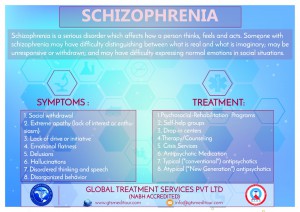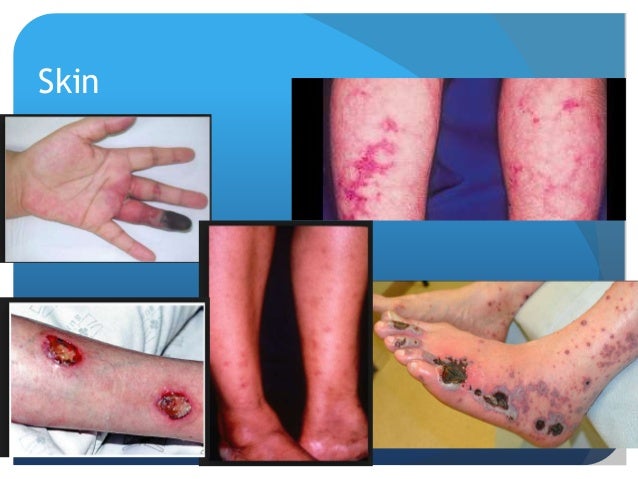



Polyarteritis nodosa (PAN) is a condition that causes swollen arteries. It primarily affects small and medium arteries, which can become inflamed or damaged. This is a serious disease of the blood vessels caused by an immune system malfunction.
Ongoing treatment is crucial, and there’s a risk of serious complications for people who have it and don’t seek medical care.
PAN ultimately affects all of your organs, including the skin. It can also affect your central nervous system.
The symptoms of PAN are quite pronounced and may include:
According to Johns Hopkins, PAN affects the nervous systems of up to 70 percent of people. Without medical treatment, PAN can cause seizures and neurological issues, including reduced alertness and cognitive dysfunction, after two to three years.
Skin lesions are also very common. PAN most often affects the skin on the legs, and the sores can be painful.

Your arteries carry blood to your tissues and organs. PAN is characterized by damaged arteries that impede the flow of blood to the rest of your body. When your organs don’t receive enough oxygen-rich blood, they stop working the way they should. This type of arterial damage occurs when your immune system attacks your arteries. There’s no one identifiable cause for this immune reaction, so the exact cause of PAN also remains unknown.
While the exact cause of PAN is unknown, there are many factors that can increase your risk of developing the disease. PAN is more common in people who:
It’s important to understand these risk factors and talk to your doctor about receiving regular tests. This is especially true if you experience symptoms of PAN or if the condition runs in your family.
PAN is a complicated disease that requires multiple tests before your doctor can make a proper diagnosis. Your doctor will likely order a complete blood count to measure the number of red and white blood cells you have.
You may also undergo:
Most people with PAN have elevated ESR results. According to Johns Hopkins, skin and muscle or nerve biopsies can be helpful when making a diagnosis.
Once these tests are complete, your doctor will formulate a diagnosis and treatment plan.
In some cases, doctors may mistake abdominal pain and gastrointestinal side effects for inflammatory bowel disease. For this reason, it’s important to report any long-term gastrointestinal effects to your doctor right away.
The most common treatment for PAN is a combination of prescription drugs, including:
High doses of corticosteroids, or steroids, control the symptoms of PAN by reducing inflammation and replacing certain hormones in the body. Corticosteroids can cause a number of side effects, especially when they’re taken in the oral form.
Corticosteroids can help keep your immune system from attacking your arteries, but other types of immunosuppressive medications may be necessary. This is especially true if your PAN symptoms are severe.
People with hepatitis infections primarily receive antiviral medications.
Conditions affecting the blood vessels are very serious. Damaged arteries can ultimately affect your brain, heart, and other vital organs.
The most common complications of PAN include:
CAUSES OF HEARING LOSS IN ADULTS:
Hearing loss in adults has many causes such as, exposure to noise, disease or infection, ototoxic drugs, tumors, trauma and the aging process. Some examples of causes of hearing loss in adults are described below:
Presbycusis is the most common cause of sensory hearing loss in the adult population. This loss is caused by some degenerative changes (in the auditory system) associated with the aging process. The hearing loss is progressive in nature with the high frequencies affected first. While the process begins after age 20-30, it is often at ages 55 to 65 that the high frequencies in the speech range begin to be affected.
This is the second most common cause of acquired sensorineural hearing loss. Prolonged exposure to loud noise causes damage to the hair cells in the cochlea and results in this type of permanent hearing loss. The noise-induced hearing loss usually develops gradually and painlessly. Sometimes the hearing loss can occur as a result of an acoustic trauma, or a single exposure or very few exposures to very high levels of sound. When this happens, a complete breakdown of the Organ of Corti in the inner ear occurs. When the hair cells become damaged from prolonged exposure to loud noises such as music, machines, motors and other noise producing equipment or to a single but very loud noise exposure such as gunfire or an explosion, they are unable to be stimulated properly by an incoming sound signal. Once these hair cells have become damaged there is no way for them to be repaired.
This is the condition often referred to as an ear infection. When otitis media occurs, fluid accumulates behind the eardrum in the middle ear space. This space is normally air filled in a healthy ear. The fluid arises because of the inability of the Eustachian tube to adequately function and keep the pressure equalized to atmospheric pressure in the middle ear space. The Eustachian tube dysfunction can be the result of allergies, infection in the upper respiratory tract.
This is a progressive ear disease involving the middle ear bony capsule, specifically affecting the movement of the stapes (one of the three small bones in the middle ear).
This is an inner ear disease and is characterized by progressive fluctuating sensorineural hearing loss, vertigo (dizziness) , and tinnitus (ringing in the ear).
Drugs used to treat some diseases are damaging to the auditory system (ototoxic) and cause hearing loss. The more common drugs that are particularly toxic to the ear are certain antibiotics (such as Streptomycin, Kanamycin, Neomycin), Salicylates in large quantities (drugs containing aspirin), and quinine. Some drugs used in chemotherapy regimens are reported to be ototoxic. The damage caused by these drugs often depends on the dose administered and length of time used and is usually permanent.
This is an example of a tumor that causes sensorineural hearing loss. Acoustic neuromas arise in the 8th cranial nerve (acoustic nerve). The first symptom could be a unilateral hearing loss, tinnitus in one ear, or vertigo.
Trauma can cause a conductive, sensorineural or even a mixed hearing loss. Damage can occur to the as a result of trauma to the ear itself or to the side of the head. Examples include fractures of the temporal bone, puncture of the ear drum by foreign objects, , and sudden changes in air pressure.
This is an abrupt loss of hearing. Sudden hearing loss of known causes may be due to drugs, trauma, infection, or disease. There are, however, many instances when no cause can be found. There are two theories as to what happens in these cases: Vascular Occlusion which is the abrupt interference of blood supply to the cochlea and Viral Labrynthitis (viral infection of the inner ear), which produces damage to the inner ear structures.

Hearing loss occurs in most people as they age. It is not always easy to notice at first. That is why many people have a difficult time believing and accepting, that they have a hearing loss. People might begin turning up the volume on the TV, or asking other people to repeat themselves.
When their hearing starts to fade, people tend to forget how things sound. They start to live in a quieter world, unaware that they are missing the softer sounds of everyday life, like the pattern of rain on the roof or the sound of birds singing.

Treatment Options For Tinnitus:
There are a variety of treatment options available that may help relieve your tinnitus symptoms ranging from physical products like hearing aids, to counselling to help deal with adverse emotional side effects such as depression and anxiety. Discuss with your audiologist what the best course of action is for your specific case of tinnitus.
Good quality and properly fitted hearing aids reduce and even eliminate most tinnitus associated with hearing losses. Hearing aids take away the strain of listening and distract from the tinnitus by bringing you more environmental sounds from the outside world. Click here to view some of the available styles from Oticon and Phonak.
Therapeutic Noise Generator devices which look like hearing aids and are recommended for people with no hearing loss. These devices produce a blend of external sounds which stimulate most fibres of the hearing nerve, helping to deviate attention away from the tinnitus.
Tinnitus Retraining Therapy (TRT) aims to reduce and ultimately eliminate tinnitus perception. It combines auditory therapy (hearing aids and/or therapeutic noise generators), to provide the brain with maximum environmental sounds to reduce tinnitus perception. Directive counselling or cognitive behavioural therapy helps to change negative beliefs about tinnitus, distract you from focusing too much on the condition, and reduce stress.
There are no specific medications for the treatment of tinnitus. Sedatives and some other medications may prove helpful in the early stages for some people depending on the cause of the tinnitus. Vitamin B12 may be helpful and herbal remedies, if taken under medical supervision, may be of some use.
For the vast majority of people there is no specific surgical treatment for tinnitus. However, following successful surgical treatment for some ear problems e.g. otosclerosis, Meniere’s disease, middle ear infection, an existing tinnitus problem may sometimes disappear.